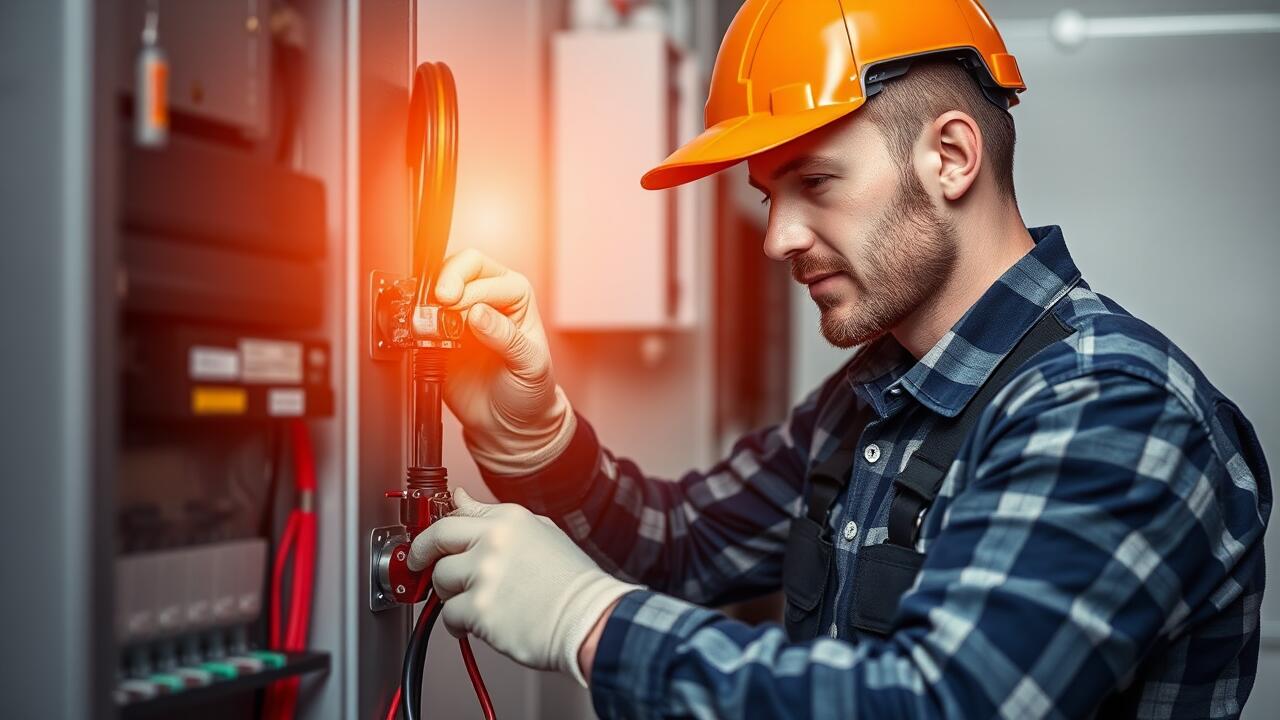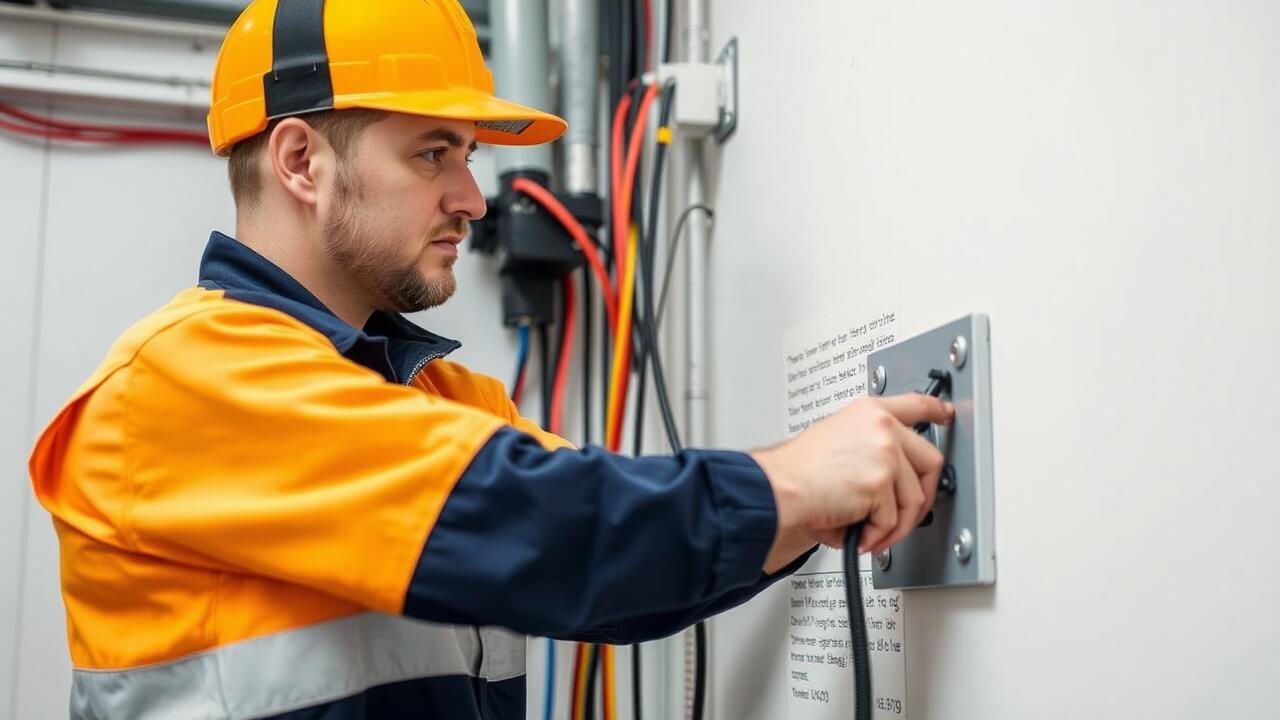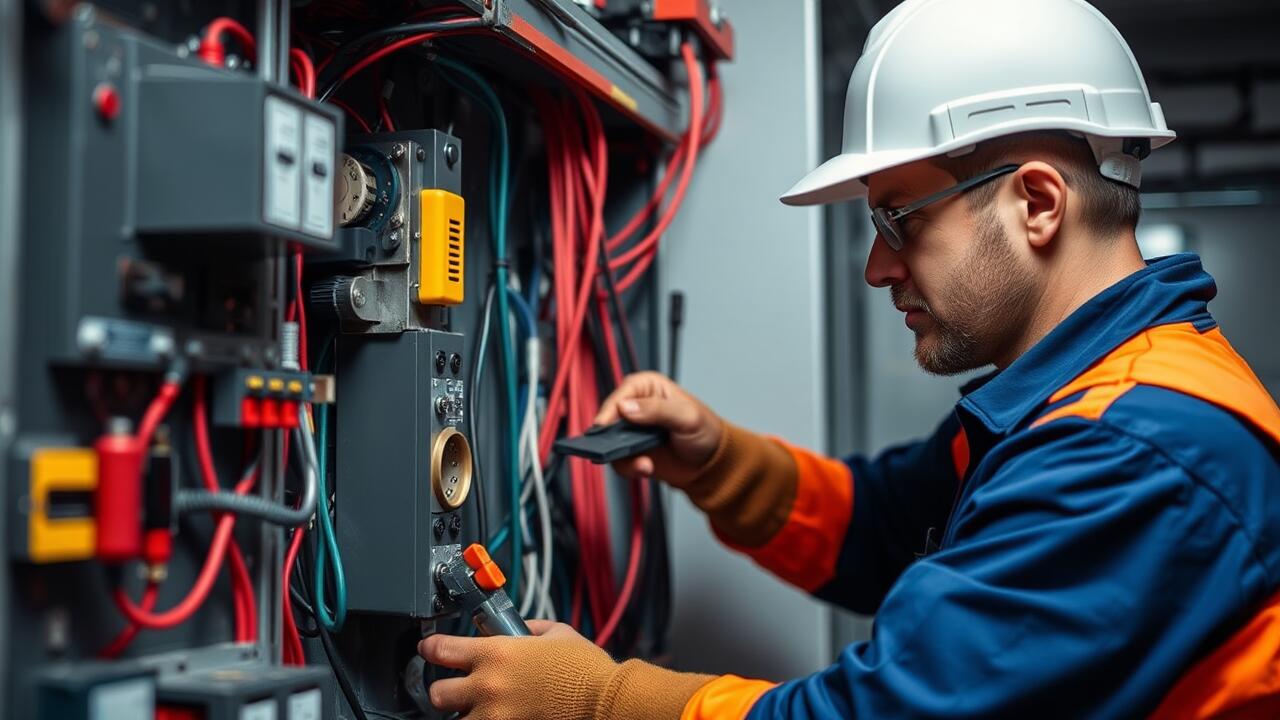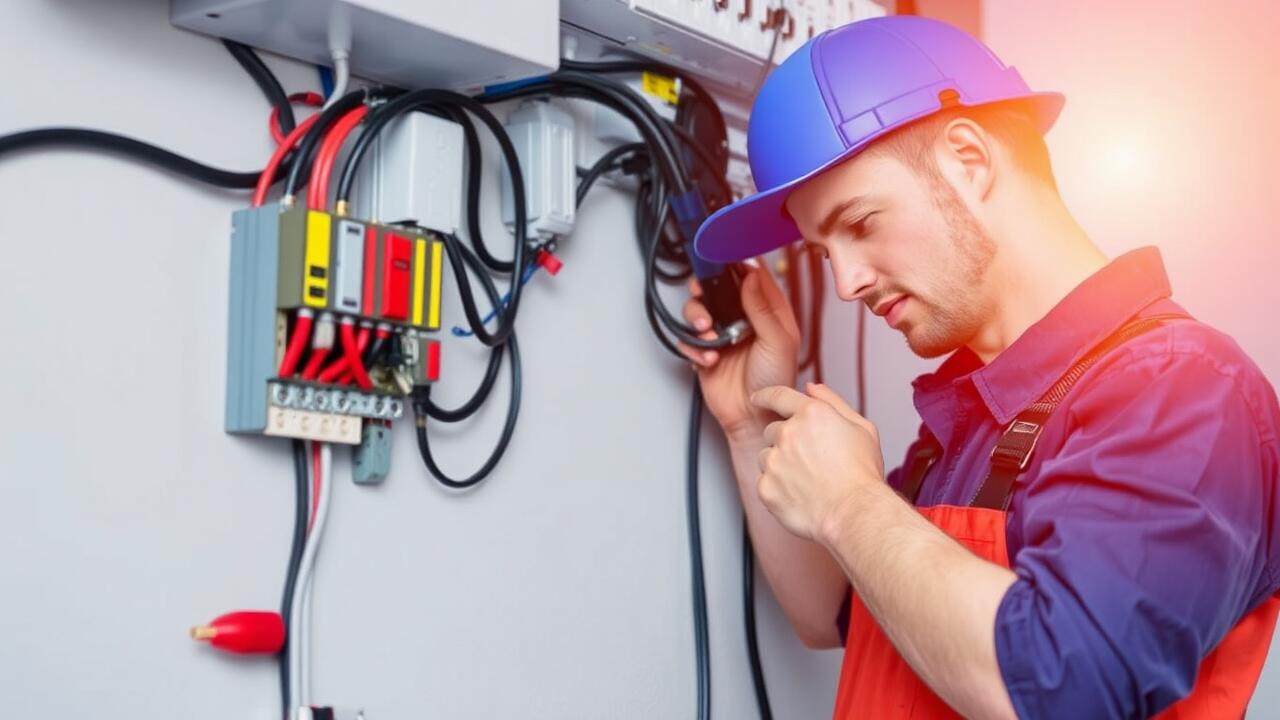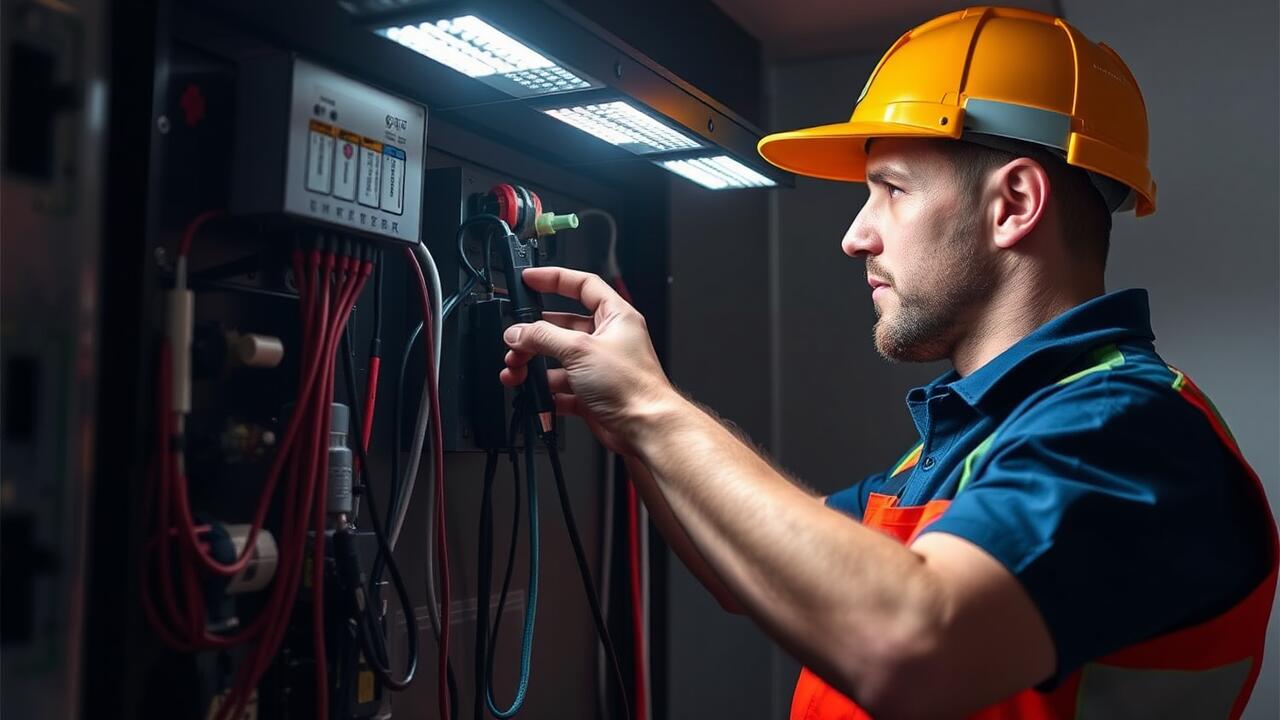
Difference Between Surge Protectors and Power Strips
Surge protectors and power strips serve different purposes in safeguarding electrical devices. A surge protector is designed to shield equipment from voltage spikes caused by events like lightning strikes or power outages. It absorbs excess voltage and prevents it from damaging sensitive electronics. In contrast, a power strip provides multiple outlets for connecting devices but typically lacks surge protection features. Without this added layer of security, devices connected to a standard power strip are vulnerable to electrical surges.
Understanding these differences is crucial for homeowners looking to protect their investments in electronics. When electrical issues arise, searching for “Electrical Repairs near me” can help connect with professionals who can assess damaged devices or installations. Selecting the right equipment, whether surge protectors or power strips, can make a significant difference in reducing the risk of electrical damage.
Understanding Features and Functions
Surge protectors and power strips serve distinct purposes in shielding electronic devices from voltage fluctuations. Surge protectors offer essential features like joule ratings, which indicate the device's energy absorption capacity. Higher joule ratings suggest better protection against electrical surges. Moreover, many surge protectors come equipped with indicators that signal whether the device is functioning properly. These features are critical in ensuring the longevity of electronic equipment in homes and workplaces.
Power strips, on the other hand, focus primarily on expanding the number of electrical outlets rather than protecting against surges. While some power strips may include basic surge protection, their primary function is to provide multiple outlets for devices. Users often overlook the condition of their electrical systems, which can lead to issues requiring urgent electrical repairs. Searching for “Electrical Repairs near me” can help in finding qualified professionals to assess and rectify any underlying problems related to electrical surges and the effectiveness of protective devices.
Identifying Signs of Electrical Surges
Recognizing the signs of electrical surges is crucial for maintaining the safety and functionality of your home’s electrical system. Common indicators include flickering lights, appliances that turn on and off unexpectedly, and frequent tripping of circuit breakers. These symptoms can stem from sudden voltage increases that affect your electrical devices and wiring, possibly leading to lasting damage if not addressed promptly.
Another telltale sign of potential electrical surges is a burnt or acrid smell emanating from outlets or devices. This odor often indicates overheating wires or components. Homeowners should also be cautious of scorch marks around outlets or on the plugs of electronic devices. If these signs are present, it may be time to search for “Electrical Repairs near me” to ensure a qualified technician can inspect and address any underlying issues effectively.
Recognizing Symptoms of Electrical Damage
Electrical damage often manifests through various symptoms that can be easily overlooked. Flickering lights can indicate unstable wiring or overloaded circuits. Another common sign includes appliances that fail to operate correctly, such as devices that shut off unexpectedly or don’t turn on at all. Additionally, burnt or discolored outlets may signal overheating or short circuits. Any unusual sounds coming from electrical appliances or outlets, like buzzing or crackling, should not be ignored.
Another critical symptom to observe is the presence of a burning smell, which can suggest that wires are overheating or insulation is melting. Frequent tripping of circuit breakers may also point to issues within the electrical system. For homeowners who suspect any electrical damage, seeking help with “Electrical Repairs near me” can provide professional assessment and repair options. Addressing these symptoms promptly can prevent further complications and ensure safety in the home.
What to Do After a Surge Occurs
After experiencing an electrical surge, it is essential to assess any potential damage. Begin by inspecting all electronic devices and appliances. Look for any signs of malfunction such as unusual noises, flickering lights, or failure to power on. If any devices appear damaged, unplug them immediately to prevent further issues. This careful evaluation will help identify which items may require repair or replacement.
If you suspect significant damage, consider contacting a local electrician for professional help. Search for "Electrical Repairs near me" to find qualified technicians who can assess the situation and provide necessary services. They will be able to conduct a thorough inspection of your electrical system and offer solutions to ensure safety and functionality in your home or office. Prompt action not only protects your investments but also helps prevent future electrical problems.
Steps to Assess and Mitigate Damage
After experiencing an electrical surge, it's crucial to assess any potential damage to your appliances and wiring. Start by inspecting the electronics that were connected during the event. Look for any visible signs of damage such as burnt plugs, frayed cords, or unusual smells. Testing devices is another step; if they do not power on or function as intended, they may have sustained damage. Documenting these observations will help any professionals you may need to consult.
If damage is confirmed or suspected, taking action swiftly is essential to prevent further issues. Disconnect all affected appliances immediately and avoid using them until they have been evaluated. Contact a qualified electrician for assistance; searching online for "Electrical Repairs near me" can help you find local professionals to address the situation. A thorough inspection will determine if repairs are possible or if replacement of any equipment is necessary, ensuring safety and functionality.
FAQS
What is the difference between a surge protector and a power strip?
A surge protector is designed to absorb excess voltage and protect your devices from electrical surges, while a power strip simply provides additional outlets without surge protection.
How can I tell if a surge protector is working properly?
Many surge protectors come with an indicator light that shows when they are functioning correctly. Additionally, you should regularly check your devices for any signs of damage or irregular behavior.
What are the common signs of electrical surges in my home?
Common signs include flickering lights, tripped circuit breakers, and devices that reset unexpectedly. You may also notice appliances malfunctioning or displaying unusual behavior.
What steps should I take immediately after experiencing an electrical surge?
First, unplug sensitive devices to prevent further damage. Then, assess any visible signs of damage to your electronics and appliances. If necessary, consult a licensed electrician to evaluate your home's electrical system.
Can electrical surges damage my appliances permanently?
Yes, severe electrical surges can cause permanent damage to appliances and electronics, leading to costly repairs or replacements. Regularly using surge protectors can help minimize this risk.

